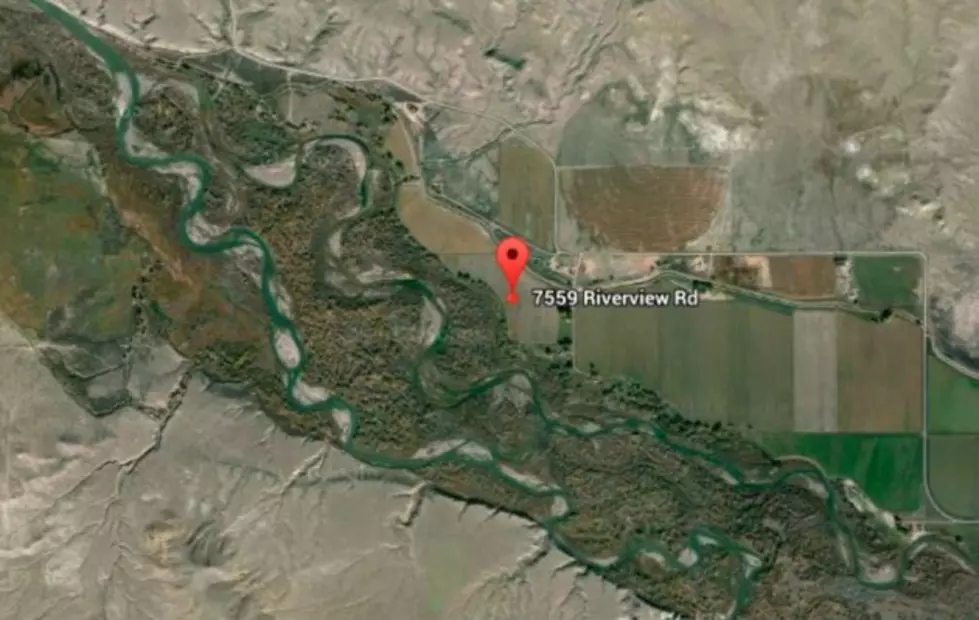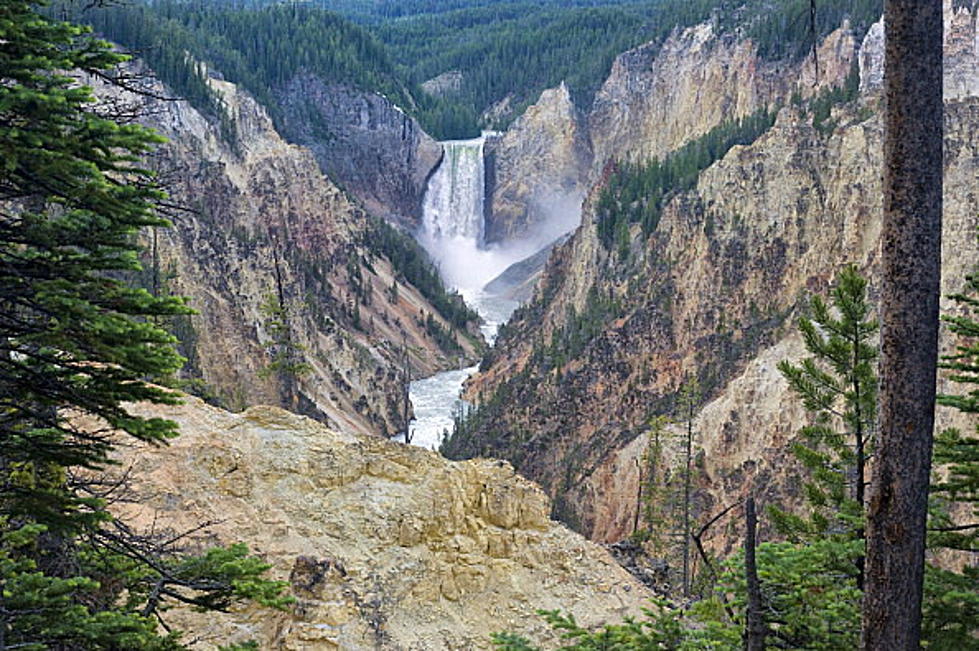
Dry Me A River: Judge Orders Landowner, Irrigation District To Restore Historic Wind River Water Flow
A Fremont County man and the irrigation district he managed west of Riverton must restore the damage they did to more than two miles of the Wind River, a federal judge ruled Wednesday.
If John Hubenka and LeClair Irrigation District do not complete this work including the removal of four illegally built dikes that diverted the river's flow by April 30, 2015, they face $600,000 in fines, U.S. District Court Judge Alan Johnson wrote.
The federal government sued Hubenka and the irrigation district in May 2010, alleging that since 2000 they built four dikes downstream of the LeClair Diversion Dam without permits required by the Clean Water Act.
The effect of these actions on the Wind River, which splits west and south of Hubenka's ranch into northern and southern channels, was twofold.
The first dike, built by Hubenka under the authority of the irrigation district, diverted most of the Wind River's water from its primary northern channel to its southern channel. That also diverted the water farther south from the LeClair Canal, which runs north of Hubenka's ranch on River View Road and south of U.S. Highway 26 west of Riverton.
That dike -- and the second, third and fourth dikes constructed solely by Hubenka -- cut access on the reservation to the tribes' that historically used for hunting, fishing and grazing.
The 2010 lawsuit was not Hubenka's first encounter with the feds.
In 2004, he was convicted in a jury trial of three criminal counts of violating the Clean Water Act for building the first three dikes. The first dike displaced 2,200 cubic yards of dredged and fill material and impacted at least 2.5 miles of the river. The dikes were built with junked cars, scrap metal, trees and appliances.
U.S. District Court Judge Clarence Brimmer placed Hubenka on one year probation, and ordered him to undo the damage.
Hubenka did not comply with Brimmer's order.
The federal 2010 civil lawsuit included the irrigation district and was joined by the Northern Arapaho and Eastern Shoshone tribes.
It incorporated evidence from the 2004 trial, plus evidence about the second, third and fourth dikes that were built illegally and benefited Hubenka's own land. Hubenka later sold land in that area for several hundred thousand dollars, Johnson wrote. Meanwhile, he executed several quitclaim deeds to move the ownership of his property within his family, according to court records.
Hubenka defended his actions, saying he built the dikes to enhance wildlife habitat.
Johnson didn't buy his reasoning that was discussed during a bench trial held from January to June 2012.
In his ruling Wednesday, the judge wrote the LeClair Irrigation District turned a blind eye to Hubenka's activities.
And Hubenka has repeatedly violated the Clean Water Act, Johnson wrote. "He has failed to comply with administrative orders. He has demonstrated an obvious continuing intention not to comply. He has defiantly thumbed his nose at the law."
So Hubenka and the LeClair Irrigation District must start immediately removing the four dikes and making other improvements to divert the river flow to the north channel of the river. They must restore the north channels floodplain ecology, and restore land lost to the tribes after the first dike was built. The Army Corps of Engineers and the tribes will oversee the work.
If the irrigation district satisfactorily completes this work and received approval by the Army Corps of Engineers, the court will forgive its $250,000 penalty, Johnson wrote.
Likewise, if Hubenka completes his share of the work, all but $35,000 of his $350,000 penalty will be forgiven, Johnson wrote.
More From K2 Radio









